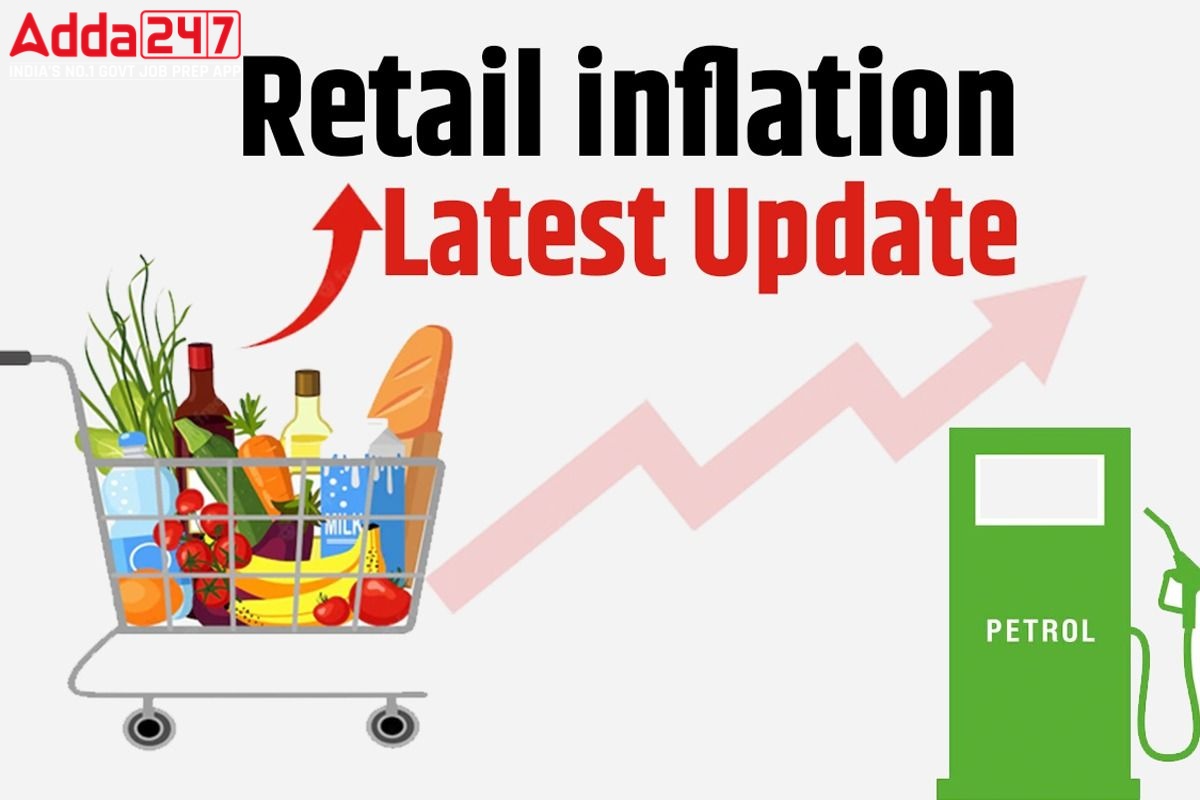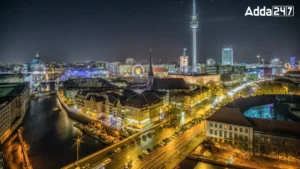India’s retail inflation accelerated to 7.41 per cent in September from a year ago on higher food and energy costs, the highest since April and above the upper end of the RBI’s 2-6 per cent tolerance band in each month this year. Data released by the National Statistics Office showed consumer price index-based inflation (CPI) in September rising to 7.41 per cent from a year ago, compared to August’s 7 per cent.
Bank Maha Pack includes Live Batches, Test Series, Video Lectures & eBooks
It’s Implications At Policy Level:
The latest reading will pressure the RBI to accelerate policy tightening further, even at the cost of the economy, after raising its key repo rate to a three-year high of 5.9 per cent in four increments this year to tame surging prices. That suggests the central bank would need to act more aggressively and mirror the policy path of major central banks in the West — fight inflation at any cost, including a recession — despite RBI Governor Shaktikanta Das’ statement that the policy was aimed to control inflation while minimising any impact on economic growth.
Food & Fuel Inflation: The Biggest Problem:
Food inflation, which accounts for nearly half the consumer price index (CPI) basket, soared as prices of essential crops like wheat, rice and pulses – squeezing already stretched household budgets further. Indeed, prices of basic commodities like cereals and vegetables, which make up the largest component in the inflation basket, have increased over the previous two years due to variable rainfall patterns and supply shocks from Russia’s invasion of Ukraine. India’s poor and middle classes, already suffering from COVID-19 pandemic-related economic shocks, will be particularly hard hit by the rises as they spend a significant portion of their income on food. Household budgets have been hard-hit by the increase in food and fuel prices.
Supply Side Obstacles:
Meanwhile, industrial growth, as measured by the Index of Industrial Production (IIP), contracted 0.8% in August as compared to 2.4% in July, according to the data released by the National Statistical Office (NSO). The mining output contracted 3.9%, while power generation increased 1.4% during August. In April 2020, industrial production had contracted 57.3% due to a decline in economic activities in the wake of the lockdown imposed to curb the spread of coronavirus infections. Over 10% depreciation of India’s rupee against the dollar this year has made imports costlier for consumers and businesses. Fuel and electricity prices rose 11.44% year-on-year last month, compared with a 10.78% rise the previous month, data showed.
Rural-Urban Gap:
Further breakdown of the data showed rural inflation above the urban price pressures for the fourth month in a row. A few restrictions on exports of basic food items have been put in place by the Indian government to reduce inflation. Consumer prices, however, have resisted the RBI’s maximum tolerance level this year and have remained obstinate.
Weakening Of Rupee:
A weakening rupee has made the RBI’s efforts to reign in imported inflation tougher. The domestic currency has repeatedly hit new record lows, weakening from about 79 per dollar to over 82 in a month. For the year, the rupee has lost over 10 per cent against a rampant dollar. That even as the Indian central bank has spent nearly $100 billion from its forex reserves to stem the domestic currency’s losses.
A Very Optimistic View Posed By The IMF Regarding The India’s Inflation Projection, Read This Article:
IMF Forecast: Global GDP Growth to drop, India’s inflation to drop by 4% next year




 Which Glacier is the Source of the Brahm...
Which Glacier is the Source of the Brahm...
 What is the Full Form of EDP? Know Every...
What is the Full Form of EDP? Know Every...
 Which City of Germany is Known as the Gr...
Which City of Germany is Known as the Gr...







